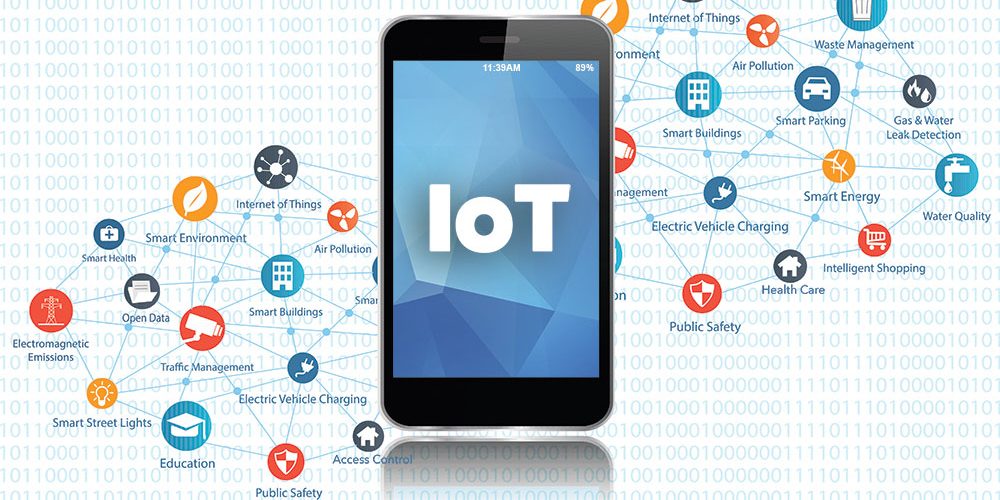The Future of Mobility: Mobile Security & IoT
According to some sources, there will be 34 billion devices connected to the internet by 2020, up from 10 billion in 2015. IoT devices will account for 24 billion of that total, while traditional computing devices (e.g. smartphones, tablets, your standard-issue Apple Watch 3, etc.) will comprise of 10 billion. Why? The emerging IoT market has the potential to assist in revolutionizing various industries across the world by reducing costs, increasing efficiency, and even expanding to new markets by offering new or integrated products. IoT products grant companies extended control over even the most basic of products like appliances, lights, and door locks. They also help streamline business processes; and more thoroughly connect us to the people, systems, and environments that shape our lives. Despite the evident benefits to businesses and consumers alike, one must acknowledge that there are certain mobile security issues that need to be resolved when expanding into the Internet of Things marketplace. There are vulnerabilities throughout the IoT ecosystem, which can threaten both the data and the devices themselves. If a ten-year-old was able to hack the popular app Instagram, how do you think your mobile and IoT devices measure up regarding mobile security? What are the options to protect company data and devices in light of IoT vulnerabilities?
One option is Blockchain. Blockchain allows digital information to be distributed but not copied. There is no centralized storage location, which can make information theft far more difficult to do. Current cloud storage services are centralized — thus you the users must place trust in a single storage provider. “They” control all of your online assets, therefore a single point of failure exists. If a hacker can get into the central storage provider, then they can have access to all of the data. This, in turn, means that authentication and transactional verification methods to access said data are altered, making it harder to hack IoT devices. The blockchain network lives in a state of consensus, one that automatically checks in with itself every ten minutes. Altering any unit of information on the blockchain would mean using a huge amount of computing power to override the entire network, which is an easily identifiable issue.
Another method to consider is enforcing security measures on the device level. One could enable large networks of IoT devices to identify and authenticate each other in order to provide higher security and prevent data breaches. One can determine how to cease uncontrolled access through IoT. If not only company-sanctioned, secured work laptops, but also unsecured personal computers, tablets, mobile phones, smart watches, and other wearable devices are all connecting to your network 24/7—no matter what your policy says, then your company’s IoT system is in deep trouble. A possible solution for this would be something like Smart Data Controls, that can limit usage on company mobile devices. A system that can provide real-time activity monitoring, auditing, and reporting to track corporate file sharing is important
In order to understand what goes on in your company’s network. It may also be helpful to cut network access to noncorporate devices to prevent malware attacks. Whatever mobile security protocols your company plans to implement in your IoT ecosystem, it is important to remember that IoT security requires an end-to-end approach. Encryption is an absolute must. In order to deal with the sheer number of devices (that will, no doubt, grow over time) IoT security scenarios also have to place a premium on scalability. Often the best way to determine how IoT devices will factor into your company’s strategic goals is to get in contact with third-party mobility and security vendors.
